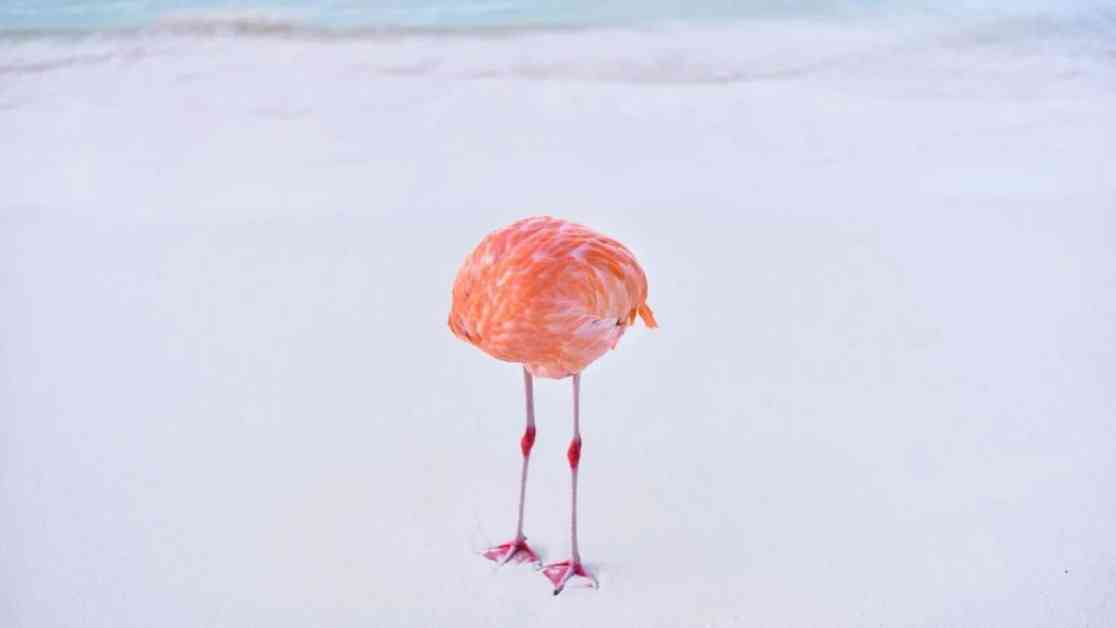The controversy surrounding the disqualification of an award-winning photo in the 1839 Color Photography Contest has sparked a debate about the role of AI in photography competitions. The photo, titled Flamingone by Miles Astray, initially won the People’s Vote award and a bronze prize in the AI category before being disqualified for being a real photo. This decision was met with mixed reactions from the photography community.
The photographer, Miles Astray, explained that he wanted to showcase the superiority of nature over AI-generated imagery and the value of real creativity in photography. This incident echoes previous controversies, such as AI artist Jason Allen winning first prize in a fine arts competition in 2022 and Boris Eldagsen winning a photography award with an AI-generated image in 2023.
Eldagsen, upon revealing that his winning image was created by AI, emphasized that AI and photography should not compete with each other in awards. He argued that they are different entities and should be judged separately. The judges of the 1839 Color Photography Contest, who come from prestigious institutions like The New York Times and Getty Images, failed to distinguish between an AI-generated image and a real photograph, highlighting the challenges of integrating AI into traditional photography competitions.
As the debate continues, it is evident that the intersection of AI and photography poses complex questions about the nature of creativity, artistry, and technological advancement in the digital age. While some believe that AI has the potential to revolutionize photography, others argue that it should not replace the skill and vision of human photographers. The future of photography competitions may need to adapt to accommodate the growing presence of AI-generated imagery while upholding the integrity and authenticity of traditional photography.
In conclusion, the disqualification of Flamingone raises important questions about the evolving landscape of photography and the ethical considerations of incorporating AI into artistic practices. It underscores the need for ongoing discussions and guidelines to navigate the intersection of AI and photography in a way that respects both forms of creative expression. As technology continues to advance, the photography community must grapple with these challenges to ensure a fair and inclusive environment for all photographers, whether human or AI.

